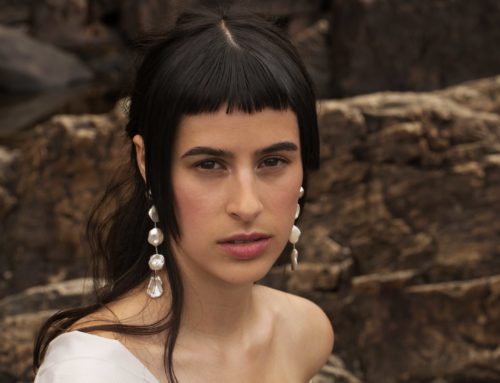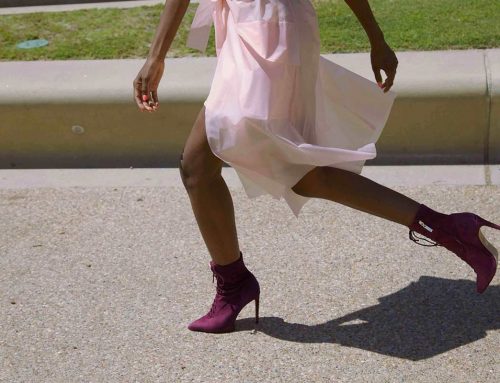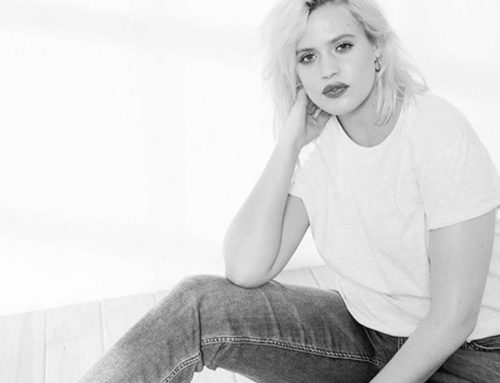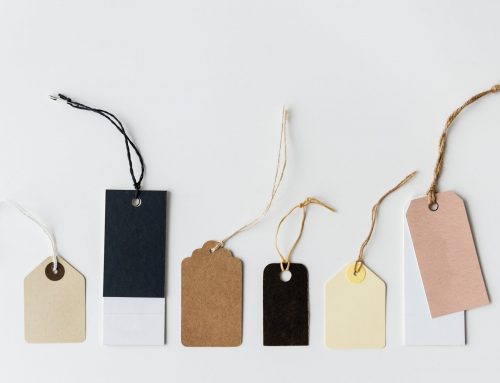10 earmark-able quotes from Joan Juliet Buck’s memoir about her life among the rich, famous and fashionable.
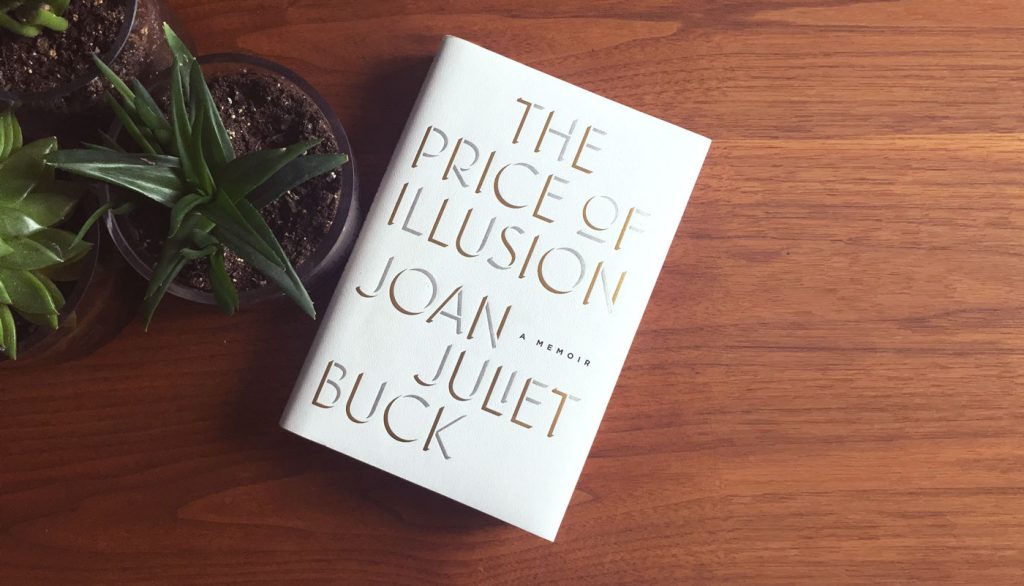
The daughter of a movie producer father and an actress mother, Joan Juliet Buck was raised in the world of the Hollywood elite (familiar faces from her youth include John Huston, father of Anjelica, Lauren Bacall and Peter O’Toole), grew up in Paris, London and Los Angeles, and counts Karl Lagerfeld, Manolo Blahnik and actress Charlotte Rampling as friends. A writer and the former editor of Vogue Paris (she edited the publication between 1994 and 2001), Buck recounts her glittering life and work in the fashion publishing industry in this shrewd, funny and very juicy memoir. Here are a few of our favourite quotes:
On being best friends with actress Angelica Huston:
“That summer we began to share another world, rooted in make-believe. It endures to this day as the ability to walk into each other’s imaginations and find there the romantic, the uncanny, the hilarious. The other world usually overrides the things that separate us, our different ways of being, hers through emotion, mine through rumination. It overrides her love of horses, my pedantry; her physical endurance, my weaker constitution; and even, most of the time, the fact that I tried to make her mother my own. When we lose access to that other world, forget to play, we stop talking, sometimes for years at a time.”
On discovering clothes and fashion as a teenager:
“And while my friends were drinking in pubs and discovering marijuana, I got high on color, ecstatic with color. Color hit almost every one of my senses: colors were flavors; they were salty, sweet, sour, bitter—black tasted like licorice—colors were sounds with pitches and frequencies all the way from warm-bath bass—dark brown—to the terrible high piercing wail of ice blue.”
On flirting with Leonard Cohen:
“Leonard Cohen asked for my number, I wrote it on a postcard imagining that he’d never call, but he did. Across the table from him in a Chinese restaurant, I apologized for my fancy clothes, but he reassured me, ‘I like girls of the bourgeoisie.’”
On her first introduction to Anna Wintour:
“She wore a gigantic skunk fur coat, her hair was in a bob, her eyes hidden behind sunglasses. I wore Chinese makeup, a blue silk pinafore, and matching clogs. Anna Wintour was an assistant fashion editor at Harper’s & Queen. She seemed terribly shy.”
On spending time with Karl Lagerfeld in Paris:
“We all sat at the Café de Flore, watched by an old beatnik painter named Shirley Goldfarb, who wore a pair of sunglasses with windshield wipers on them. We actively ignored her, gossiped about the sex life of Marlene Dietrich—Karl knew everything—dined in a huge group at La Coupole, and went to old films at the Cinémathèque. Karl bought us magazines at the Drugstore Saint-Germain just before it closed at 2:00 a.m., along with manicure kits and lighters and whatever else caught our eyes. Karl paid for everyone and everything, like my father did, but I felt free.”
On her early months as Editor-in-Chief of Paris Vogue:
“One photographer or another was suddenly exclusive to American Vogue, no matter. Schneider brought new portfolios to me, and we had a new photographer. The model we’d booked was suddenly on hold for American Vogue, no matter, let’s look at the other head sheets, who have you seen this week? Carolyn Murphy, Phoebe O’Brien, Amber Valletta. Good. A dress we wanted was suddenly on hold for the cover of American Vogue, no matter, there were other dresses… Every impediment spurred us into a new improvisation. I’d never had so many restrictions, I’d never had so many ideas.
On meeting Carine Roitfeld:
“People with green eyes recognize one another, a tribal thing. I looked into those eyes across and had the unbidden certainty that Carine would replace me in this job. So that’s who you are, I thought. A neutral fact, it left me unmoved.”
On going to fashion shows:
“The shows were short, the waits infinitely longer: an hour, two hours, sometimes more… The fashion editors wished they were on sittings. I had photographs to look at, faxes to answer, proofs to read, but work was impossible in the front row; too many eyes and ears. So we discussed our watches or the new shoes on our feet, and then moved on to the shoes on the feet in the front row across the runway, and when we’d covered all visible shoes, we scanned the audience with actuarial zeal… And when there was nothing left to gossip about, everyone fell into a sullen private silence; witless from boredom, the occasional front-row editor would run a finger along her chin to check for hairs.”
On her love affair with a married Donald Sutherland:
“The violets represented him, us. The flowers so much smaller than the leaves, meek, hidden, purple. We didn’t say ‘we.’ We said ‘it.’ It went beyond anything I knew. The hard surfaces in my hotel room vanished, but the air around us became as warm and solid as flesh. It was as if I’d found a way into the heart of impulse, feeling, and sensation, where nothing else existed.”
On attending therapy after leaving Paris Vogue:
“She was talking about me. Me and Vogue. The spell of Vogue, British Vogue, American Vogue, Paris Vogue. This woman was me. All these clothes, all those outfits, all those pretty things to make life beautiful, weren’t they drugs? This woman and her coke were me and Vogue, me buying the clothes, buying the parties and the famous names and the access to everything that glittered and shone and was superior and wonderful… I was an addict and servant to illusion until the day I understood that, instead of getting high on it, I could deal it.”
The Price of Illusion, $28, is available now at chapters.indigo.ca.

